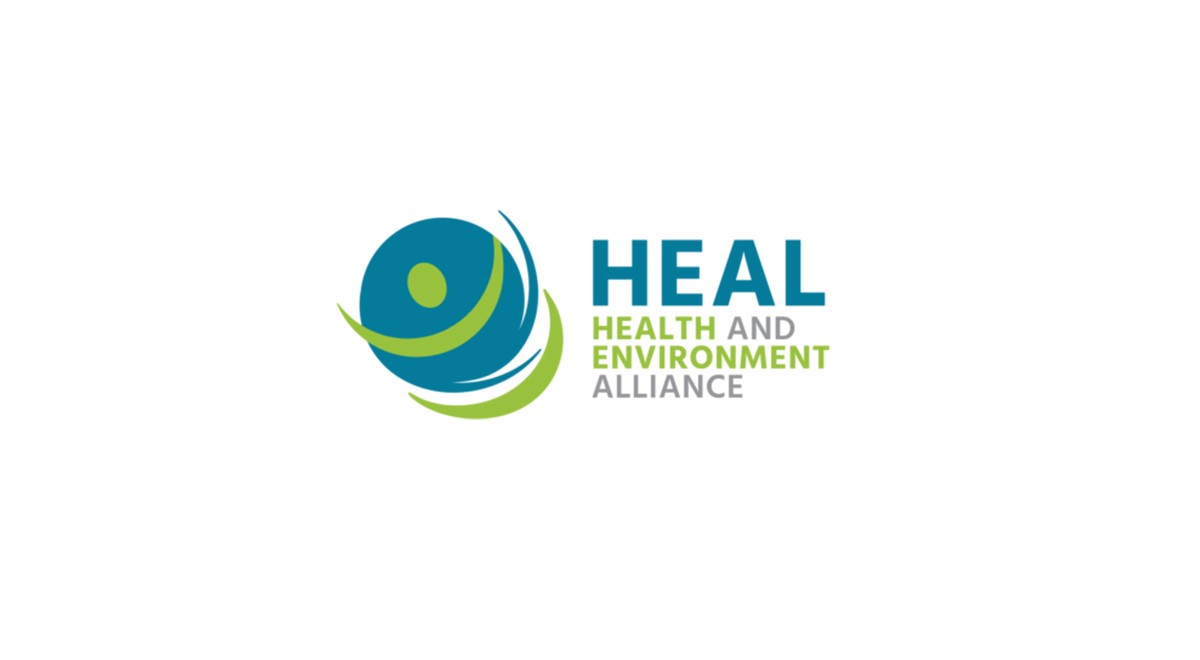The Green 10 coalition, which HEAL is a part of, encourages the President of the European Parliament Roberta Metsola upon her re-election to put the climate, biodiversity and pollution emergency at the forefront of her tenure.
Brussels, 13 December 2017 – Representatives from the European Member States in the EU Standing Committee on Plants, Animals, Food and Feed (SCOPAFF) today voted in favour of a revised European Commission proposal on identification criteria for endocrine disrupting chemicals (EDCs) [1].
The meeting was convened due to the European Parliament veto on an earlier version of the criteria, which Members of the European Parliament considered was not protective of citizens’ health and an illegal reopening of the pesticides regulation [2].
The criteria agreed today partly took into account the European Parliament’s demand by removing a problematic exemption that would have left numerous endocrine disrupting pesticides unaddressed. However, the Health and Environment Alliance (HEAL) reiterates concerns stated earlier – alongside numerous public health voices and respected scientific societies [3] – about the very high burden of proof required in the criteria that have now been adopted to identify EDCs. This is of particular concern in the context of growing evidence that human exposure to environmental pollutants such as endocrine disruptors are weighing heavily on public budgets [4].
Génon K. Jensen, HEAL’s Executive Director, said: “Today Member States failed to seize the opportunity offered by the European Parliament decision to significantly improve the criteria in order to really protect human health from toxic endocrine disrupting pesticides. Removing the exemption that would have left numerous endocrine disrupting substances off the hook is only one step in the right direction.”
“As they stand, the criteria will not allow for the swift identification of health adverse substances that we need, keeping an unnecessary burden on the health of future generations and our economy.”
As guidelines for how the future implementation of these criteria are being developed, concerns have been raised about the approach chosen to identify substances [5]. As part of the European Endocrine Disruptors Expert Group, HEAL is sharing those concerns and will actively continue to engage in the discussion to take place in the context of the ongoing public consultation on the guidelines [6].



